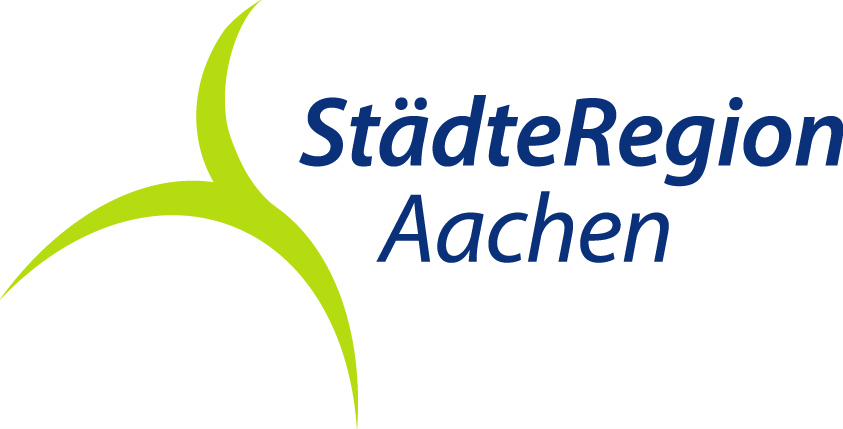Münsterländchen/Butterländchen - Im Ländchen alles in Butter
Aachen
Undeterred by national borders, a gently rising picture-book landscape with wide pastures and hedgerows spreads out before us. Along the way, we come across idyllic villages, small settlements, individual farms and small castles made of quarry stone and bluestone, which can also be found across borders in the local quarries. As we cycle, we follow the Kinkebahn, an old trade route between Eupen, Walhorn and Kornelimünster, which was probably already used by the Celts and further developed by the Romans, who operated a place of worship called Varnenum in Kornelimünster. The extensive deciduous forest that once covered the region had been cleared for agriculture and the timber industry by the end of the Middle Ages at the latest. The Dukes of Limburg in the Eupener Land and Kornelimünster Abbey in the Münsterländchen were the driving forces behind the clearing of the land. The ironworks and pottery industries were among the major purchasers of wood, as in Raeren, where stoneware of national importance was produced. The former castle is now home to a renowned pottery museum. The region became a butter-making region and supplier of milk and meat in the mid-19th century, when demand from the growing towns increased and the landscape gradually changed into a characteristic pasture landscape with its old hedgerow plots. On our route, we can fill up on milk at various farms and pass the dairy in Walhorn.
Highlights
- Historical center of Kornelimünster
- West Wall
- Carrot museum
- Raaf Castle
- Walheim station
- Raeren station & signal box
- Raeren Castle & Pottery Museum
- Raeren House
Knoppenburg Castle
- Prestert Bridge




















